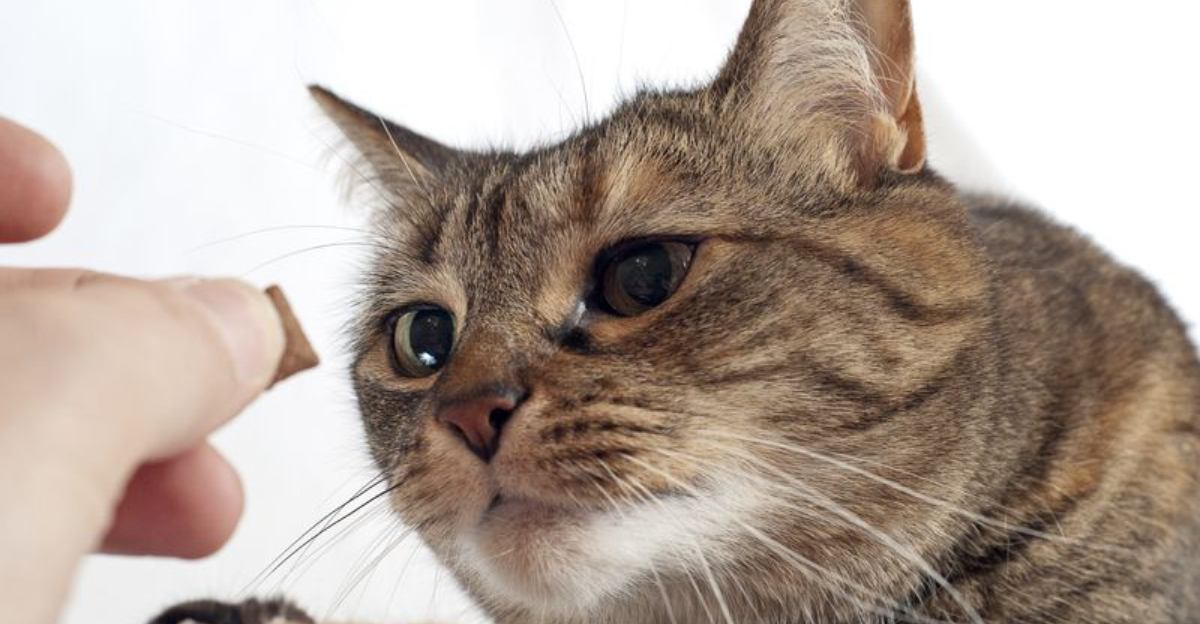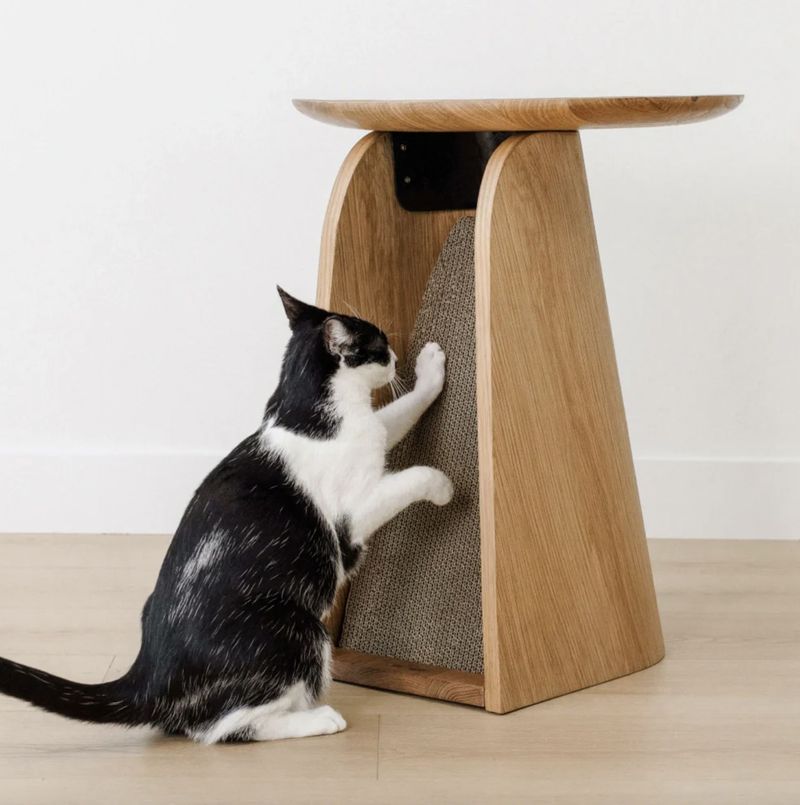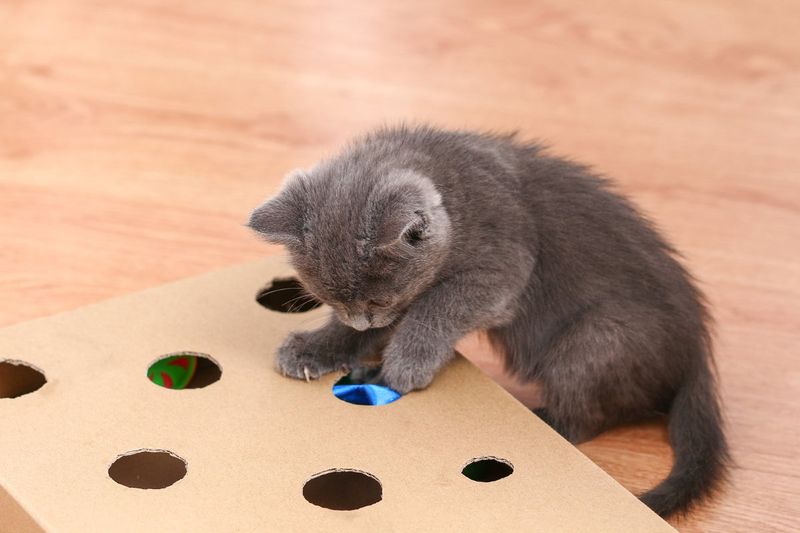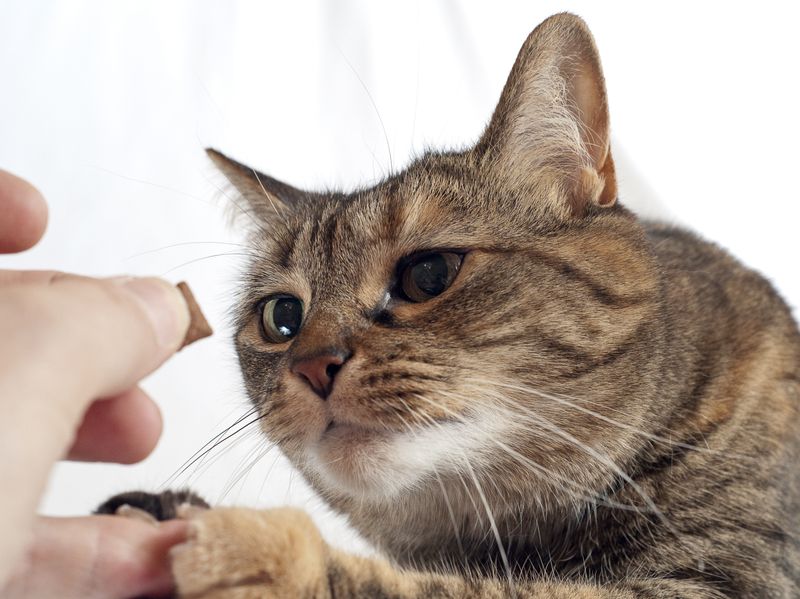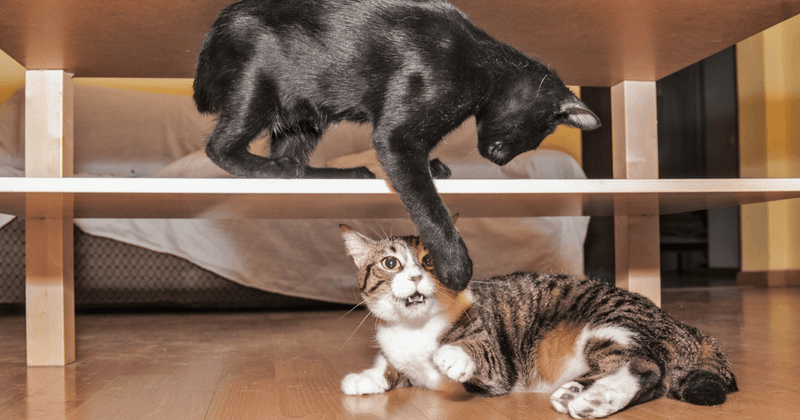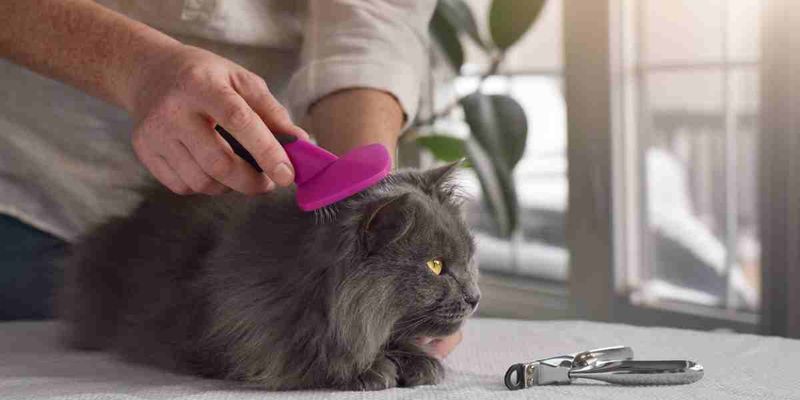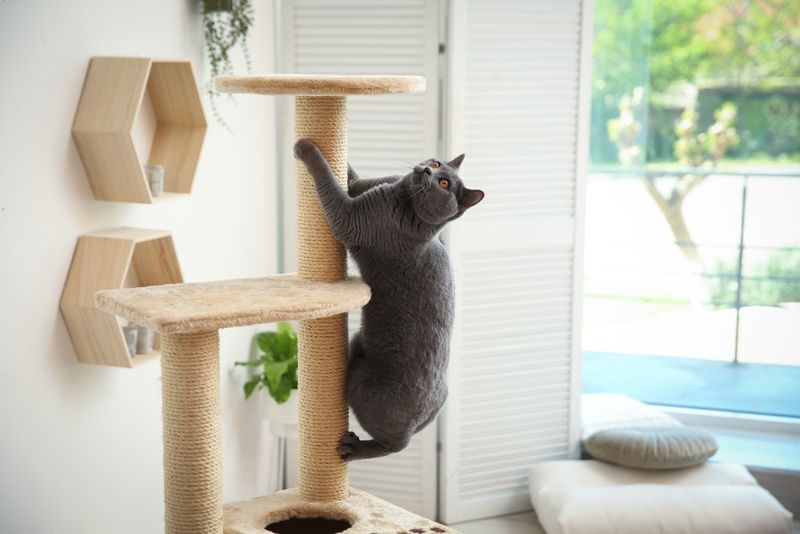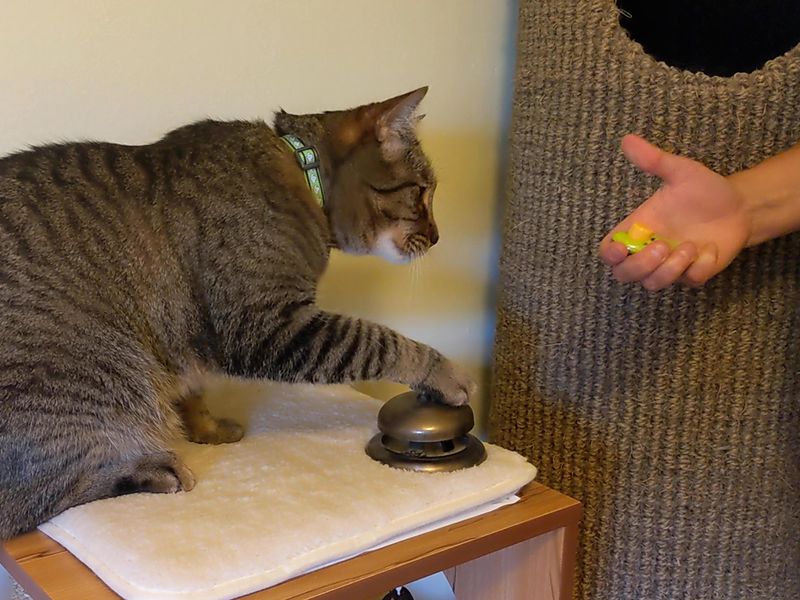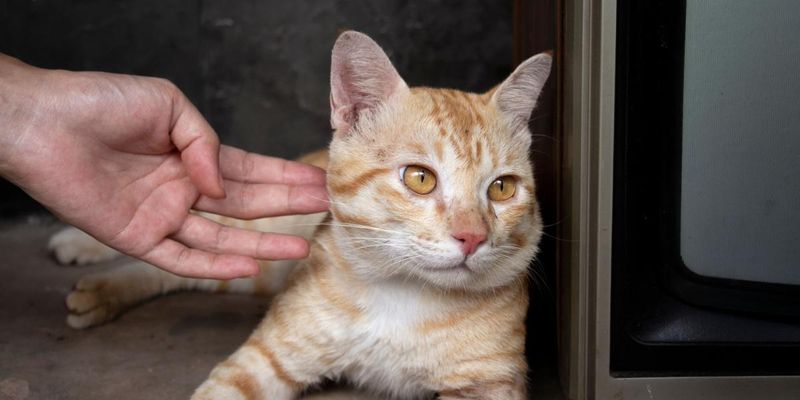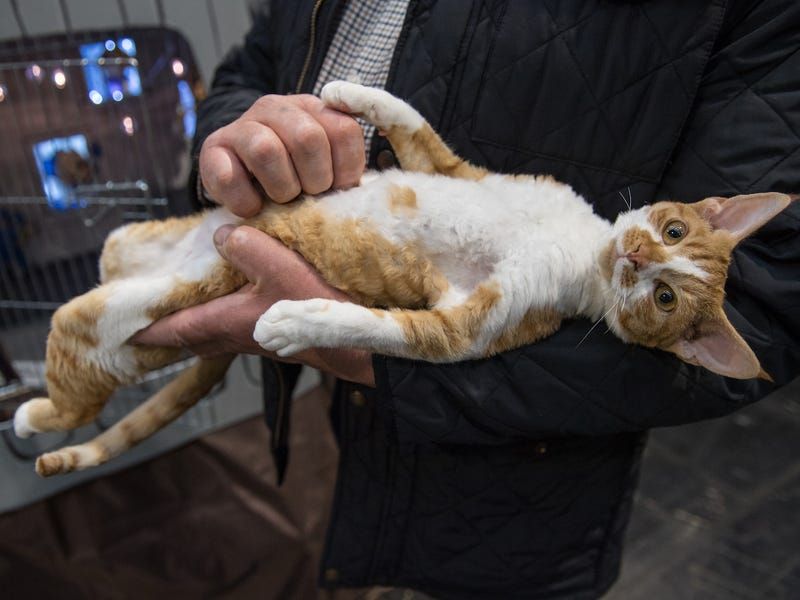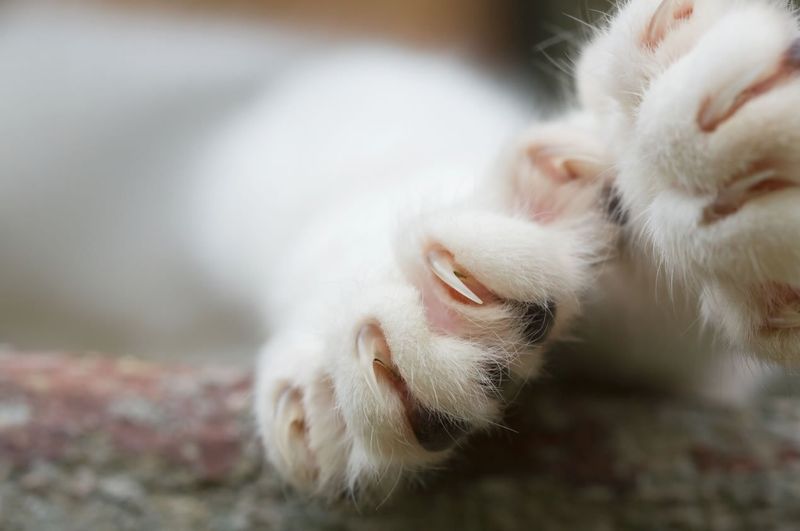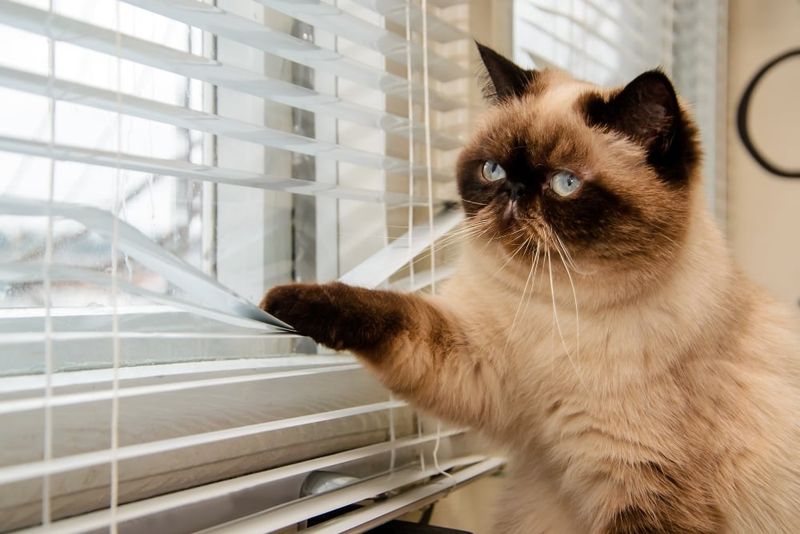📖 Table of Content:
- 1. DO: Provide Plenty of Scratching Posts
- 2. DO: Establish a Consistent Feeding Schedule
- 3. DO: Provide Environmental Enrichment
- 4. DO: Reward Positive Behavior
- 5. DO: Introduce New Pets Gradually
- 6. DO: Groom Your Cat Regularly
- 7. DO: Create Vertical Space
- 8. DO: Train Basic Commands
- 1. DON’T: Punish Your Cat Physically
- 2. DON’T: Force Unwanted Attention on Your Cat
- 3. DON’T: Ignore Litter Box Basics
- 4. DON’T: Use Your Hands as Toys
- 5. DON’T: Declaw Your Cat
- 6. DON’T: Ignore Health Issues
- 7. DON’T: Free-Feed High-Carb Dry Food
- 8. DON’T: Leave Cats Alone Too Long
Welcoming a cat into the home introduces a companion with distinct behaviors and preferences. Each feline brings its own quirks, shaped by instinct and environment. Understanding these traits is key to creating a harmonious living space.
Certain behaviors, like scratching furniture or ignoring the litter box, often stem from unmet needs or misunderstandings. These challenges can usually be addressed through thoughtful guidance and consistent habits. A respectful approach to a cat’s natural instincts often leads to better behavior.
Establishing routines, offering appropriate outlets, and avoiding common mistakes can make a significant difference. The right balance of structure and flexibility helps foster trust and cooperation. With time and patience, a cat can thrive as a content and well-mannered member of the household.
1. DO: Provide Plenty of Scratching Posts
Cats have a natural urge to scratch. This behavior helps them remove dead outer layers of their claws, mark territory, and stretch their muscles. Without proper scratching outlets, your furniture becomes the next best option. Strategic placement makes all the difference.
Position posts near sleeping areas and in social spaces where your cat spends time. Try different materials too – some cats prefer sisal rope while others love cardboard or carpet textures. Tall posts that allow full stretching are especially appealing. When your cat uses the post, offer gentle praise or treats to reinforce this good behavior.
2. DO: Establish a Consistent Feeding Schedule
Regular mealtimes create structure your cat can depend on, reducing anxiety and begging behaviors. Cats thrive on predictability, and knowing when food arrives helps them feel secure in their environment. Fixed feeding times help regulate your cat’s digestion and prevent obesity. Two or three measured meals daily works better than free-feeding for most indoor cats.
The routine also creates bonding opportunities as your cat associates you with positive experiences. Morning and evening feedings match a cat’s natural hunting patterns. Puzzle feeders or food-dispensing toys can make mealtimes more engaging, satisfying their instinct to work for food while providing mental stimulation.
3. DO: Provide Environmental Enrichment
Mental stimulation prevents boredom-related behavior problems like excessive meowing, destructive scratching, or aggression. Indoor cats especially need environmental enrichment to satisfy their natural hunting and exploring instincts. Window perches offer entertainment through bird and squirrel watching. Rotating toys keeps curiosity alive – try puzzle feeders, feather wands, or crinkly balls.
Vertical space matters tremendously to cats, so cat trees, shelves, or wall-mounted perches allow satisfying climbing and observation. Even cardboard boxes create exciting new territories to explore. Just fifteen minutes of interactive play daily dramatically reduces problem behaviors while strengthening your bond through shared positive experiences.
4. DO: Reward Positive Behavior
Positive reinforcement works remarkably well with cats despite their independent reputation. Immediately rewarding desired behaviors with treats, praise, or petting helps your cat connect their actions with positive outcomes. Timing matters tremendously – rewards must come within seconds of the behavior.
Clicker training can help mark the exact moment your cat does something right. Start with simple behaviors like coming when called or using scratching posts. Treats should be tiny, highly valued, and reserved specifically for training. Many cats respond enthusiastically to freeze-dried meat treats or small bits of cooked chicken. Consistency from all family members reinforces learning and helps your cat understand household expectations.
5. DO: Introduce New Pets Gradually
Rushing introductions between cats and other pets often creates lasting tension and conflict. A gradual, controlled process respects your cat’s territorial nature and allows time for adjustment. Start by keeping new animals separated with their own resources while they become familiar with each other’s scents. Swap bedding between them or rub a cloth on each animal to facilitate scent exchange.
Feeding on opposite sides of a closed door creates positive associations. Visual contact through baby gates or cracked doors forms the next step before supervised face-to-face meetings. This process may take weeks or even months for some cats. Patience during this critical period builds the foundation for a harmonious multi-pet household.
6. DO: Groom Your Cat Regularly
Regular grooming sessions remove loose fur, reduce hairballs, and give you opportunities to check for skin problems or parasites. Long-haired cats especially benefit from brushing several times weekly to prevent painful mats and tangles. Start grooming experiences when your cat is relaxed, keeping sessions brief and positive.
Different coat types require specific tools – slicker brushes work well for long hair while rubber brushes or grooming gloves suit short-haired cats. Beyond fur maintenance, regular nail trims prevent painful overgrowth and reduce furniture damage. Dental care through brushing or dental treats helps prevent periodontal disease. These handling sessions strengthen your bond while contributing to your cat’s overall health and comfort.
7. DO: Create Vertical Space
Vertical territory fulfills your cat’s natural instinct to climb, observe from safe heights, and escape when needed. Cats feel more secure when they can monitor their environment from elevated positions. Cat trees, wall-mounted shelves, or window perches offer opportunities for climbing and resting above household activity. These spaces become especially important in multi-pet homes where cats need retreat options.
Strategic placement near windows adds entertainment value through bird watching. Vertical spaces reduce stress and prevent territory conflicts in multi-cat households by expanding the usable living area. Even small apartments can accommodate vertical options through wall-mounted steps or shelving. This simple environmental enhancement dramatically improves most cats’ confidence and behavior.
8. DO: Train Basic Commands
Cats can learn commands through positive reinforcement, contrary to the myth that they’re untrainable. Simple cues like “come,” “sit,” or “touch” build communication and can prove lifesaving in emergencies. Clicker training works particularly well with cats. The distinct sound marks the exact moment your cat performs the desired behavior, followed immediately by a reward.
Short, frequent sessions of 3-5 minutes maintain interest better than longer training periods. Target training using a stick with a ball tip teaches cats to touch the target with their nose. This foundation skill helps guide them to specific locations or into carriers. Patience and consistency yield impressive results, even with adult cats who’ve never experienced training.
1. DON’T: Punish Your Cat Physically
Physical punishment creates fear and anxiety in cats, damaging the trust between you. Hitting, spraying with water, or yelling teaches your cat to be afraid of you rather than understanding what behavior is unacceptable. Cats don’t connect punishment with their actions the way humans expect.
Your cat won’t understand why you’re upset about something they did hours ago – they’ll only register your current aggressive behavior toward them. Fear-based training leads to stress-related problems like inappropriate elimination, excessive grooming, or aggression. Focus on positive reinforcement instead, rewarding good behavior to build a loving relationship.
2. DON’T: Force Unwanted Attention on Your Cat
Respect for personal space forms the foundation of a trusting relationship with your cat. Forcing cuddles, picking up an unwilling cat, or continuing to pet when they show signs of irritation violates their boundaries and creates stress. Cats communicate discomfort through tail swishing, ear flattening, skin twitching, or dilated pupils. Learning these signals helps you understand when to back off.
Some cats enjoy affection on their own terms, approaching you when they want interaction. Allowing cats to initiate contact builds confidence and security. They’ll seek you out more frequently when they know their boundaries are respected, creating a healthier relationship based on mutual trust.
3. DON’T: Ignore Litter Box Basics
Litter box problems rank among the top reasons cats are surrendered to shelters. Many issues stem from simple oversights in setup and maintenance that can be easily corrected. Location matters tremendously – boxes should be placed in quiet, accessible areas away from food and water. The general rule of one box per cat plus one extra gives options and prevents resource guarding.
Scoop daily and change litter completely at least weekly to maintain cleanliness. Box size should allow your cat to turn around comfortably. Experiment with different litter types if your cat seems hesitant – many prefer unscented, clumping varieties. Sudden litter box avoidance can indicate health problems requiring veterinary attention.
4. DON’T: Use Your Hands as Toys
Playing with your kitten using bare hands might seem adorable initially, but this teaches them that human skin is an appropriate target for claws and teeth. This habit becomes problematic as playful kittens grow into powerful adult cats. Redirect this behavior by immediately stopping play when teeth or claws touch skin. Provide appropriate toys that create distance between your hands and your cat’s natural hunting behaviors – wand toys, balls, or stuffed toys work well.
Consistency matters tremendously in this training. Everyone in the household must follow the same rules to avoid sending mixed messages. With proper toys, your cat still enjoys satisfying play while learning boundaries that keep both of you happy.
5. DON’T: Declaw Your Cat
Declawing involves amputating the last bone of each toe – equivalent to removing human fingertips at the first knuckle. This painful procedure can cause lasting physical and behavioral problems including chronic pain, litter box avoidance, and increased biting. Many countries and some US states have banned declawing as inhumane.
Numerous humane alternatives exist, including regular nail trimming, soft plastic nail caps, and providing appropriate scratching surfaces throughout your home. Training your cat to accept nail trims from an early age makes maintenance easier. Start with one or two nails per session, offering treats and praise. Most cats can learn to redirect scratching to appropriate surfaces with consistent positive reinforcement.
6. DON’T: Ignore Health Issues
Cats instinctively hide signs of illness as a survival mechanism from their wild ancestors. Subtle changes in behavior often signal health problems long before obvious symptoms appear. Monitoring your cat’s normal patterns helps you catch problems early. Changes in appetite, water consumption, litter box habits, energy levels, or grooming behavior warrant veterinary attention.
Weight loss, particularly in older cats, requires prompt evaluation. Regular preventive care including annual exams helps catch issues before they become serious. Behavioral changes like increased aggression or inappropriate elimination frequently stem from medical issues rather than spite. Addressing health concerns promptly not only improves your cat’s wellbeing but often resolves unwanted behaviors that stem from discomfort or pain.
7. DON’T: Free-Feed High-Carb Dry Food
Constant access to dry kibble contradicts cats’ natural eating patterns and nutritional needs. As obligate carnivores, cats evolved to eat protein-rich meals with long periods between hunting successes. Free-feeding often leads to obesity, diabetes, and urinary issues. Dry food’s high carbohydrate content doesn’t align with feline nutritional requirements.
Measured meals of appropriate foods help maintain healthy weight and support proper hydration, especially when including wet food. Transitioning to scheduled feeding may cause initial protests but ultimately creates healthier eating habits. Food puzzles or timed feeders can help distribute meals throughout the day for cats who struggle with the transition while still maintaining portion control and preventing overconsumption.
8. DON’T: Leave Cats Alone Too Long
Contrary to their independent reputation, most cats form strong attachments to their people and suffer from extended absences. Regular long periods alone can lead to anxiety, depression, and destructive behaviors. Adult cats generally manage well with 8-10 hours alone, but longer or frequent absences may cause stress. Kittens and senior cats often need more frequent interaction and care.
For unavoidable longer absences, pet sitters who visit daily provide social interaction and ensure welfare. Enrichment helps during alone time – window views, puzzle feeders, or rotating toys maintain mental stimulation. Some cats benefit from having feline companions, though compatibility matters more than simply adding another cat. Interactive toys or automated play devices can provide activity during your absence.
